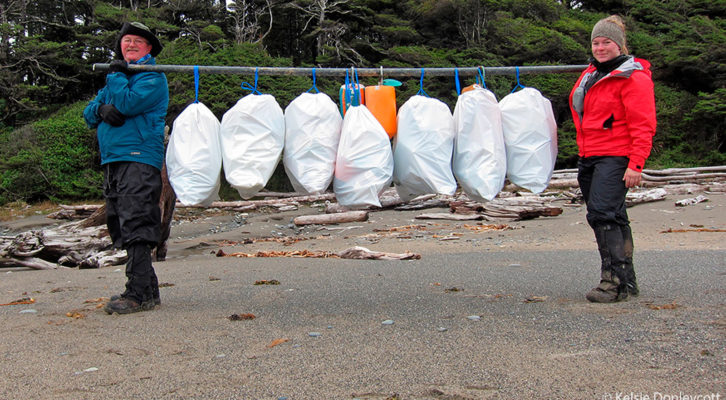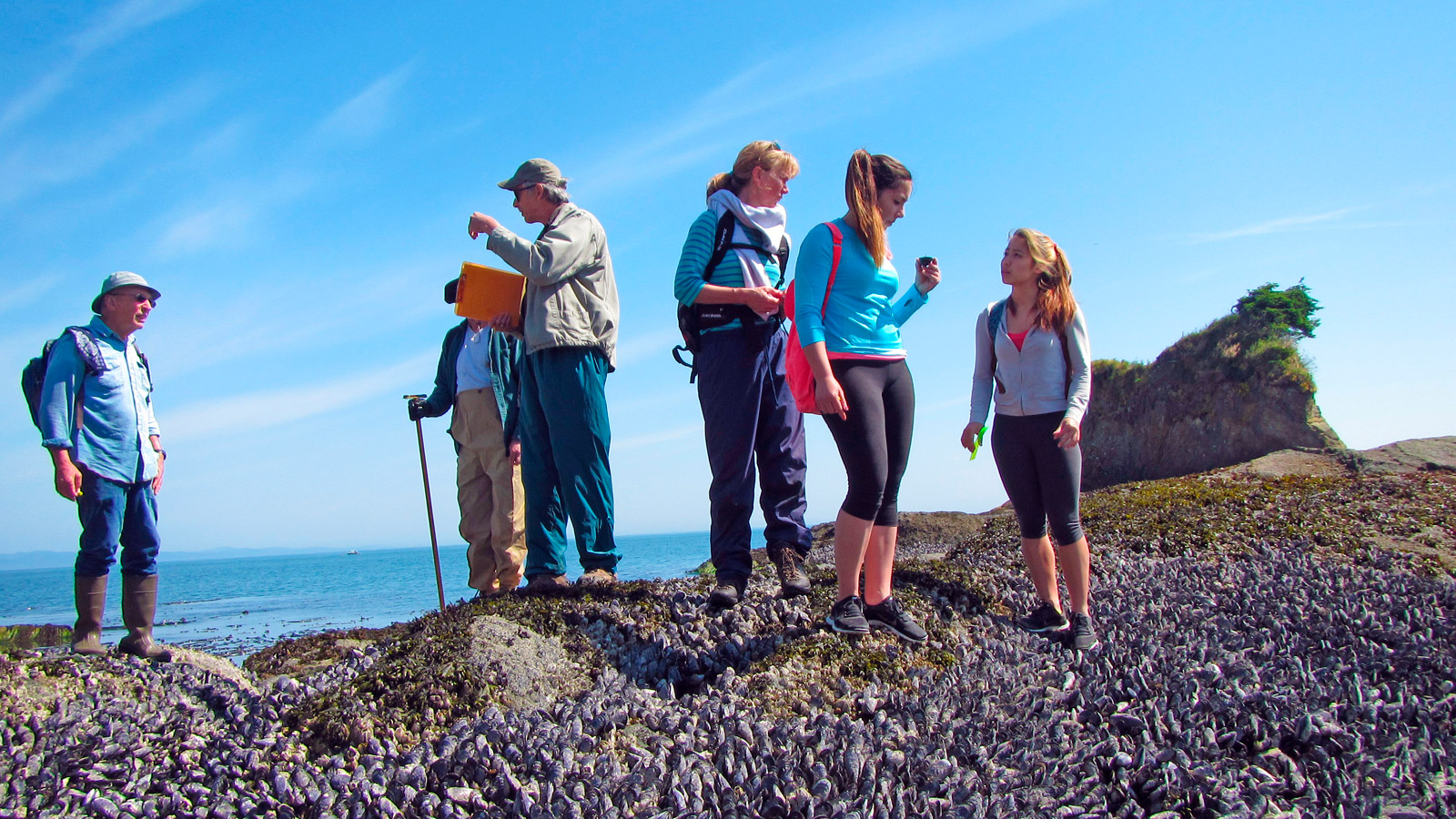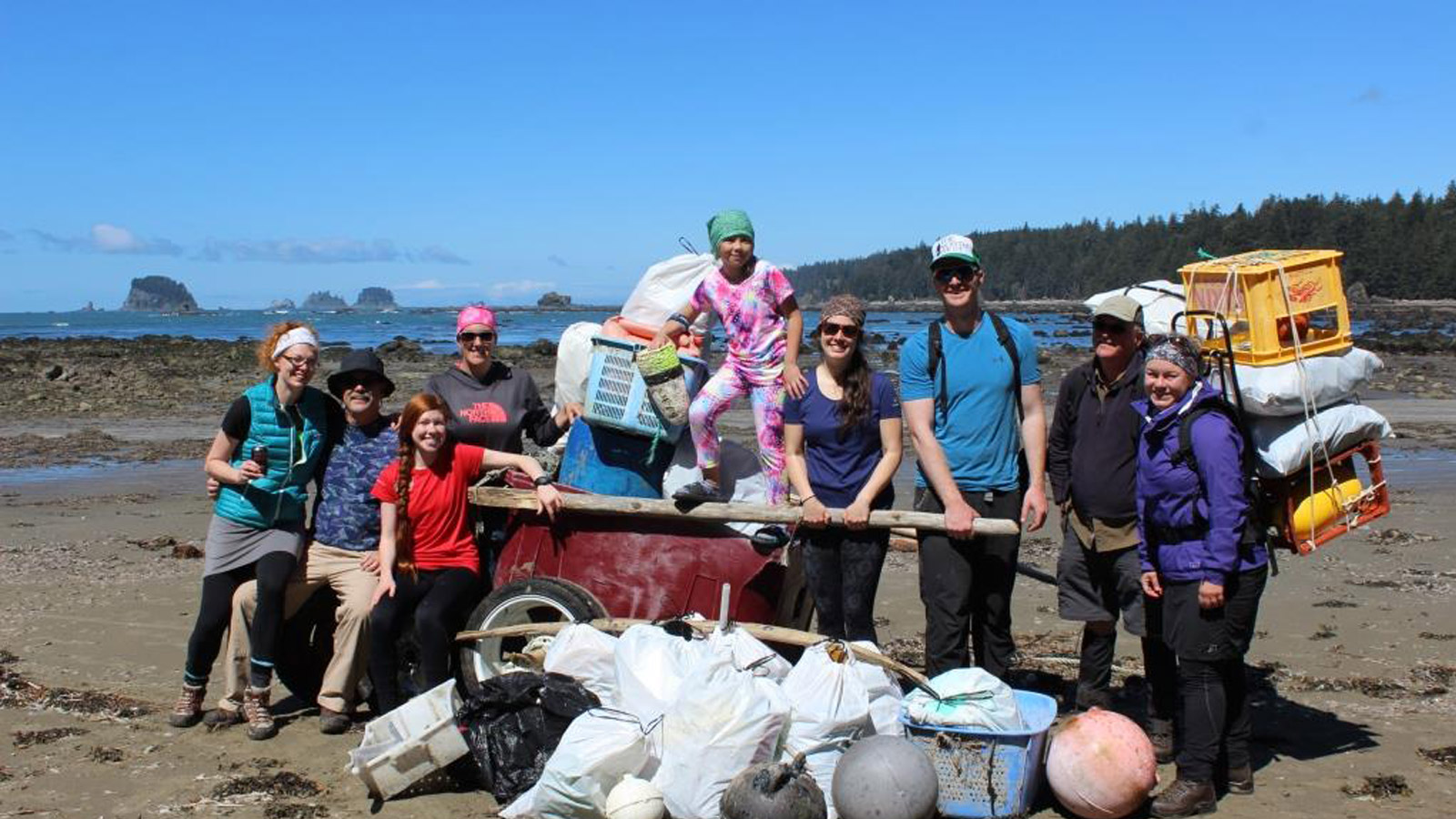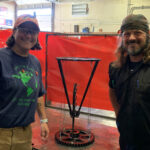If you think about beach trash, the plastic bag crises, and the quandary of the Pacific Trash Vortex, that’s a lot of man-made garbage! Have you ever heard of a nurdle?
A nurdle is actually a tiny plastic pellet that plastic industries use to mold into the plastics we know today such as toys, storage containers, bottles, and tubs. Nurdles are basically the raw materials of plastic production. Smaller than a pea, nurdles come in an assortment of colors. As much as 60 billion pounds of nurdles are manufactured in the United Stated in one year.
Have you ever spilled a box of seeds in your backyard? Nurdles are about as light as a seed and you can imagine the mess if a box or even a train full of nurdles spilled. Well it has happened and not only train-sized, but ship-sized containers of nurdles have leaked into our environment!
Nurdles are so light that they can travel by wind and currents similar to specks of dust and sand. Today, you can find nurdles just about everywhere on the beach. Scientists have studied handfuls of beach sand and found about 20 percent consisted of plastic, with an average of each handful containing around 30 nurdles.
Unfortunately, waterborne nurdles (termed “mermaid tears”) are toxic magnets for pollutants like DDT and PCBs. Once a nurdle sucks up these toxins, a single nurdle can become one million times more toxic than the surrounding water in which it floats.
Like plastic containers and bags, nurdles have the tendency to break down into smaller toxic bits through water and sun degradation. These plastic bits have even been known to grind themselves into a powdery substance that can go anywhere and be devoured by anything.
From nylon and polyester to polyvinyl chloride, scientists have already identified nine different kinds of plastics in the ocean. When nurdles becomes plastic powder, even the ocean’s smallest creatures like zooplankton eat the nurdles.
Even more alarming is that there is not a single bacteria in the environment today that is capable of completely biodegrading nurdles. Scientists have determined that since the invention of plastic, almost every piece of plastic that has ever been manufactured in the world still remains somewhere in the environment.
Hmm… it’s mind blowing to think that plastic never really goes away! When we recycle plastic, we may keep it out of our landfills but most plastic can only be recycled once. Plastic can’t be remade into food-grade containers or bottles because of its tendency to hold on to pollutants. We do have cool things like fleece, carpet, and composite decking that come from recycled plastic, but recycling doesn’t reduce the amount of virgin plastic that continues to get manufactured in the world. The more plastic that is produced, the more nurdles we have entering our environment.
You may be wondering what this has to do with Service Learning. Service Learning asks you to take a look at the bigger picture, to reflect on these important social and environmental issues, and to collaboratively solve the problem. Take the La Push Beach Cleanup on April 23, students and faculty will work together to remove plastics and other trash from Second and Third Beach. We understand that trash removal is only one part of the solution so we encourage you to critically think about those other pieces! How do your everyday actions impact our beaches?
We all use plastic – plastic water bottles, plastic shopping bags, plastic take-out boxes… For every piece of plastic we use, there are at least thousands of nurdles produced to make that plastic. So, think about the nurdle next time you shop. Picture the nurdle to remind you to bring your own bag. And together, we can start to conquer the hurdles of the nurdles!







